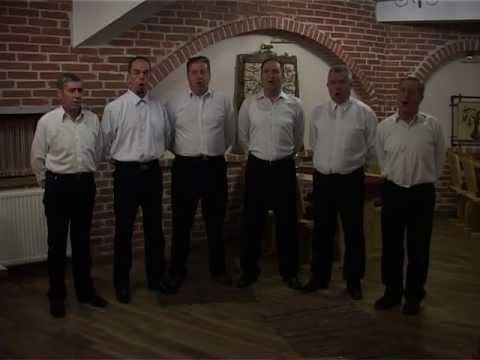First mention 1455 Time zone CET (UTC+1) Area 161.1 km² | Elevation 3,491 ft (1,064 m) Area code(s) +381 290 Municipality Štrpce | |
 | ||
Gotovuša (Serbian Cyrillic: Готовуша) is a settlement in the Štrpce municipality in Kosovo. It is inhabited by ethnic Serbs, according to the 1991 census, it had 986 inhabitants. The village houses two churches, protected by the Republic of Serbia.
Contents
Map of Gotovush%C3%AB
Geography
It is situated in the northeastern part of the Šar Mountains, and in the drainage basin of the Lepenac river.
History
In Medieval Serbia, the župa (province) of Sirinić (first mentioned in 1331, in a charter of Emperor Stephen Dušan) existed, covering the whole of modern Štrpce municipality, having two cities, Gradište (in Brezovica) and Zidinac (in Gotovuša). Several remains of Byzantine forts exist in the region.
Gotovuša is mentioned for the first time in an Ottoman defter (tax register) of 1455, as a great village with 64 Serb houses, and an Orthodox priest. The Church of Saint Nicholas was built here in the mid-16th-century, and is currently under protection of the Republic of Serbia as part of the Monuments of Culture of Exceptional Importance (Cultural Heritage of Serbia-list, SK 1422), in the Churches of Sirinićka župa-group. The second church in Gotovuša is dedicated to the The Entry of the Most Holy Theotokos (Uspenja Presvete Bogorodice), built in 1557. Above the village, near the old fort of Zidinac, there are remains of several older churches. The village is part of the ecclessiastical jurisdiction of the Serbian Orthodox Eparchy of Raška and Prizren.
In 1894, the village had 87 houses, all ethnic Serb.
According to data from 1938, the village had the following kin families, with their number of houses, traditions (Krsna Slava, patron saint day), and history:
Infrastructure
The settlement is in the territory of a cadastre of 1611 hectares. The village has a primary school, "Рајко Урошевић".
